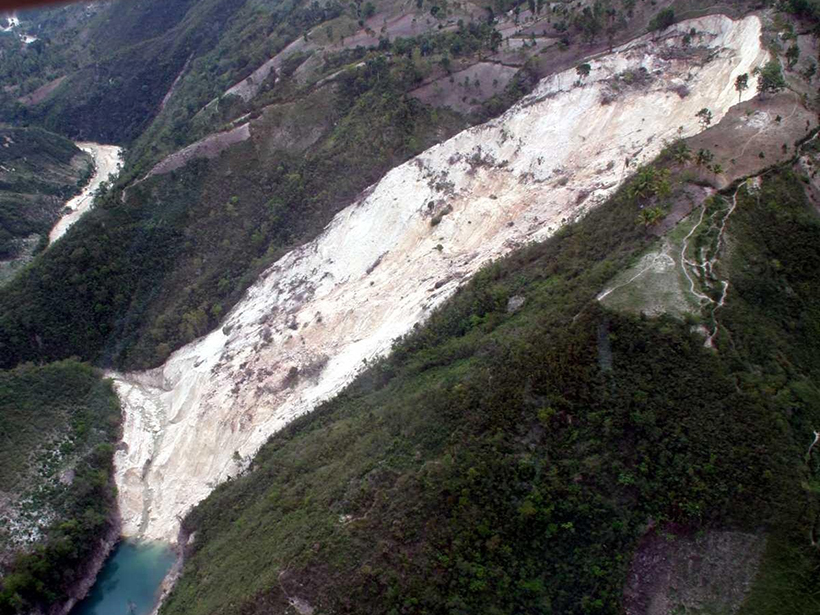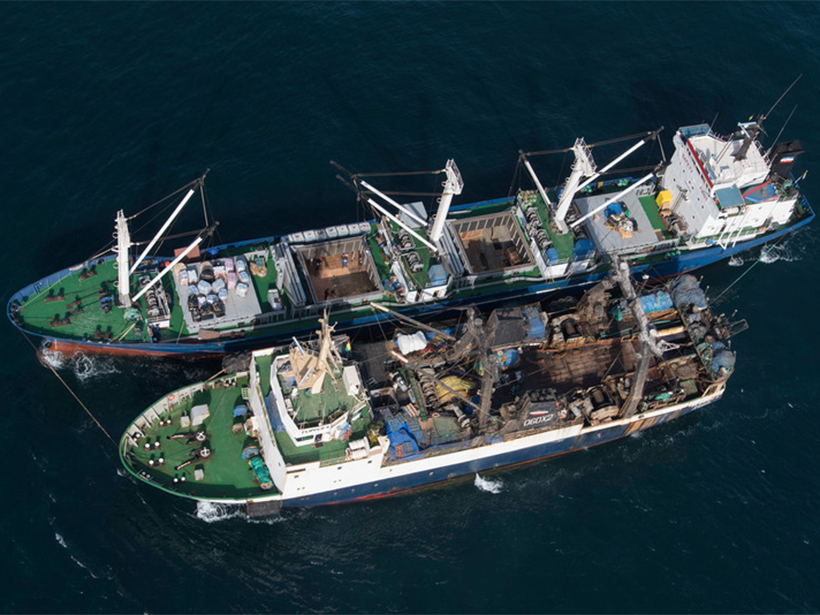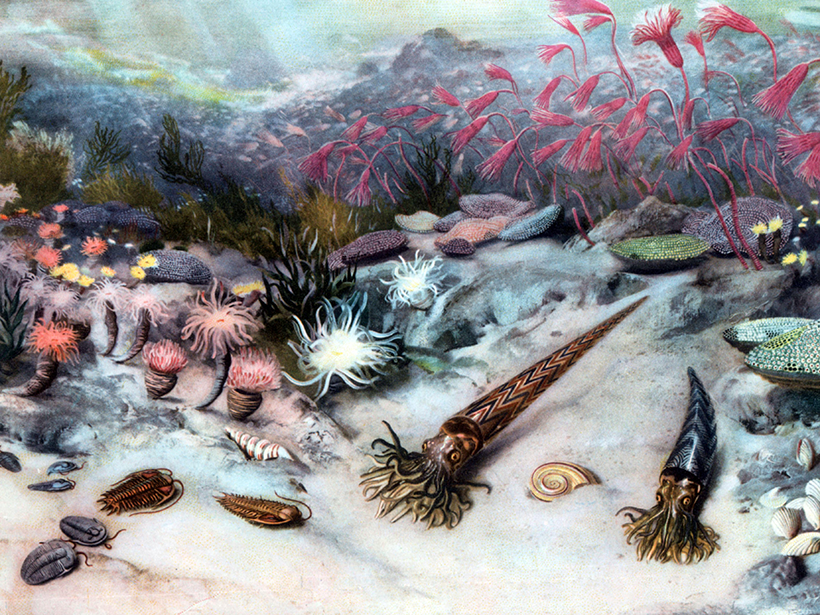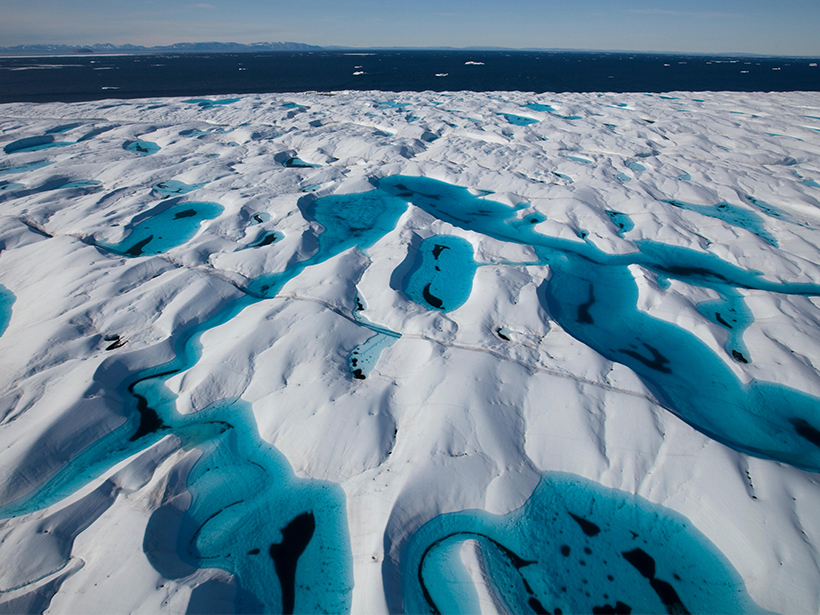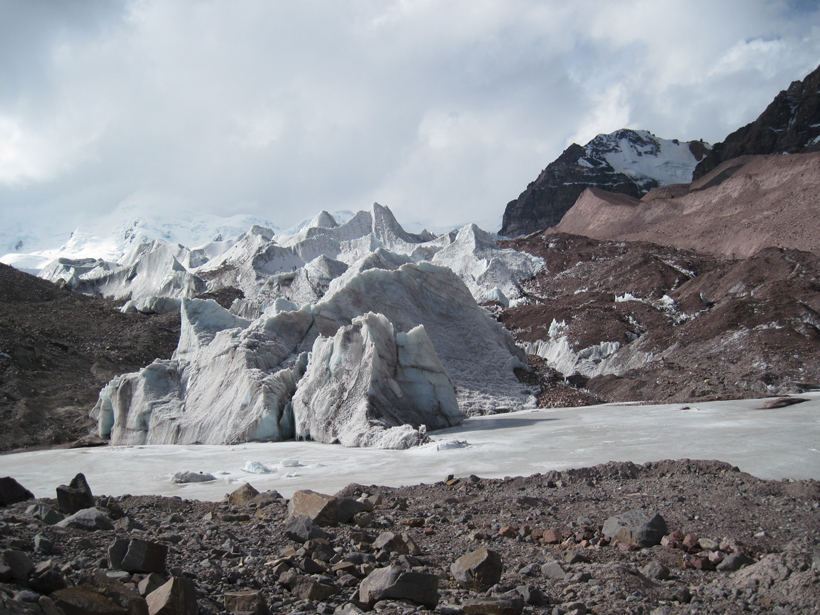Earthquake-triggered landslides move soils down steep slopes and deposit the sediments near rivers, sequestering the carbon contained within them for millions of years.
Katherine Kornei
Katherine Kornei is a freelance science journalist covering Earth and space science. Her bylines frequently appear in Eos, Science, and The New York Times. Katherine holds a Ph.D. in astronomy from the University of California, Los Angeles.
Landslide Database Reveals Uptick in Human-Caused Fatal Slides
Records of nearly 5,000 landslides around the world show that human activities like construction, illegal mining, and hill cutting are increasingly responsible for fatal slides, particularly in Asia.
Illegal Seafood Supply Chains Can Now Be Tracked by Satellite
Researchers pinpoint more than 10,000 likely transfers of catches between fishing vessels and cargo ships at sea. Knowing where these transfers occur can help officials crack down on illegal activity.
Audio Reveals Sizes of Methane Bubbles Rising from the Seafloor
A sensitive underwater microphone captures the sounds of methane, a potent greenhouse gas, escaping into waters off the coast of Oregon. Using this sound, researchers can estimate the bubbles’ sizes.
Tiny Algae May Have Prompted a Mass Extinction
Dead algae sinking to the ocean floor may have sequestered carbon 445 million years ago, triggering the glaciation that accompanied the Late Ordovician mass extinction.
Rare Glacial River Drains Potentially Harmful Lakes
Antarctic lakes have contributed to ice shelf breakup in the past, but a glacier in Greenland appears safe from a similar fate, thanks to a river that drains away water.
After a Glacier Retreats, Plants Thrive Thanks to Phosphorus
Grasses, small flowers, and mosses colonize glacial till in the Peruvian Andes when researchers apply a phosphorus fertilizer, an ecological surprise with implications for carbon sequestration.
Scientists Discover an Environment on the Cusp of Habitability
A volcanically heated Costa Rican lake hosts only one type of organism, suggesting that its Mars-like environment is just barely capable of supporting life.
Satellite Data Archives Reveal Unrecorded Himalayan Floods
Almost 30 years’ worth of Landsat observations created a comprehensive inventory of catastrophic floods caused by glacial lakes bursting through their rock dams.
Nutrient-Rich Water Around Seamounts Lures Top Predators
At an Indian Ocean marine refuge, tides drive cold water laden with nutrients onto the tops of underwater mountains, where it sustains a long food chain that culminates in sharks, tuna, and seabirds.

